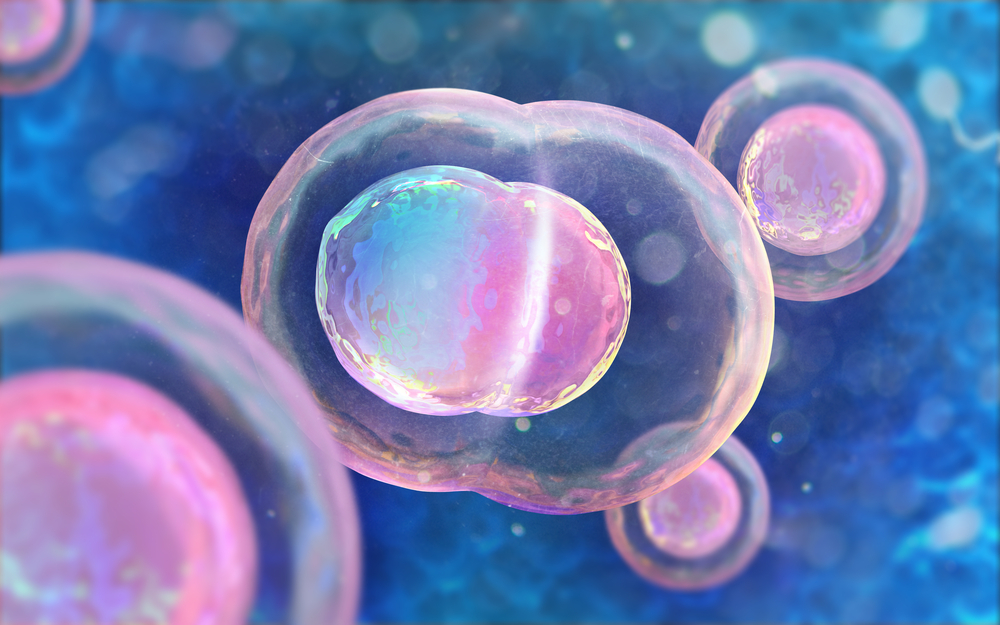Preimplantation Genetic Diagnosis Helped Identify Embryos with SMA Mutation, Case Report Shows

Preimplantation genetic diagnosis may help couples prevent the risk of having a child with spinal muscular atrophy (SMA).
The case report “The clinical application of preimplantation genetic diagnosis to prevent spinal muscular atrophy in a Chinese family: A case report” was published in the Journal of the Neurological Sciences.
Reproduction counseling is of major significance for families carrying a risk for hereditary diseases, such as SMA.
One of the ways to check if an embryo carries a genetic defect is to perform a preimplantation genetic diagnosis. In fact, the technique “has been considered as a prospective and well established tool to prevent delivering sick babies in a family with genetic disease,” authors wrote.
In this case report, authors detail the case of a Chinese mother who had twin daughters with SMA and who used a preimplantation genetic diagnosis to avoid having more babies affected by the disease.
The 38-year-old mother had twin daughters with SMA; they began developing proximal muscle weakness and ultimately lost the ability to walk by the age of nine years. While searching for the cause of the initial signs of muscle weakness, the twins were found to carry deletions in a region of the SMN1 gene, causing the gene to malfunction. The gene codes for the SMN protein – short for survival of motor neuron protein – that is vital for normal motor neuron function.
The mother was advised to perform a preimplantation genetic diagnosis in her next pregnancy. During the procedure, embryos without the gene mutation were identified and were implanted back into the mother. She delivered male twins without the SMN1 mutation. They are now almost 3 years old and show normal motor function.
Overall, “PGD [preimplantation genetic diagnosis] is a valuable method providing solutions to the reproduction problem in a family with a hereditary disease, especially in females of advanced reproductive age,” the study concluded.
Preimplantation genetic diagnosis is a way to test for genetic conditions, as long as the gene that underlies the disease has been identified. Because the embryos need to undergo testing in a laboratory, couples interested in undergoing the diagnosis will have to perform in vitro fertilization (where fertilization takes place outside of the body) even if they carry no infertility issues.
In in vitro fertilization, a woman’s eggs are collected and are then fertilized with sperm in the lab. Upon a successful fertilization, the embryo undergoes the first divisions in the lab before being placed back into the woman’s womb to continue its development.







